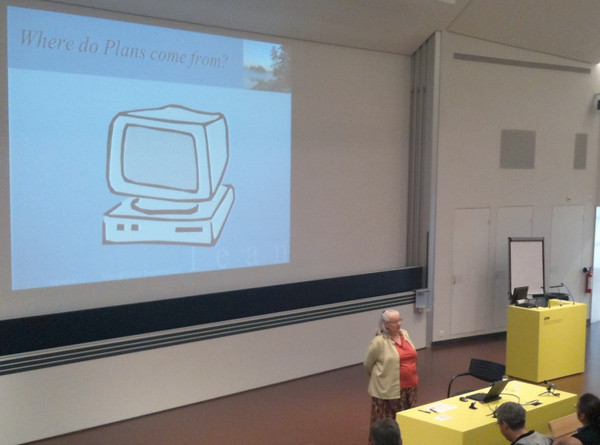The Haka Dance
The Haka (plural is the same as singular: haka) is a traditional ancestral war cry,dance or challenge from the Māori people of New Zealand. It is a posture dance performed by a group, with vigorous movements and stamping of the feet with rhythmically shouted accompaniment.[1] The New Zealand rugby team‘s practice of performing a haka before their matches has made the dance more widely known around the world.
Does your team have this degree of ba? If not, what could you do to foster it?





